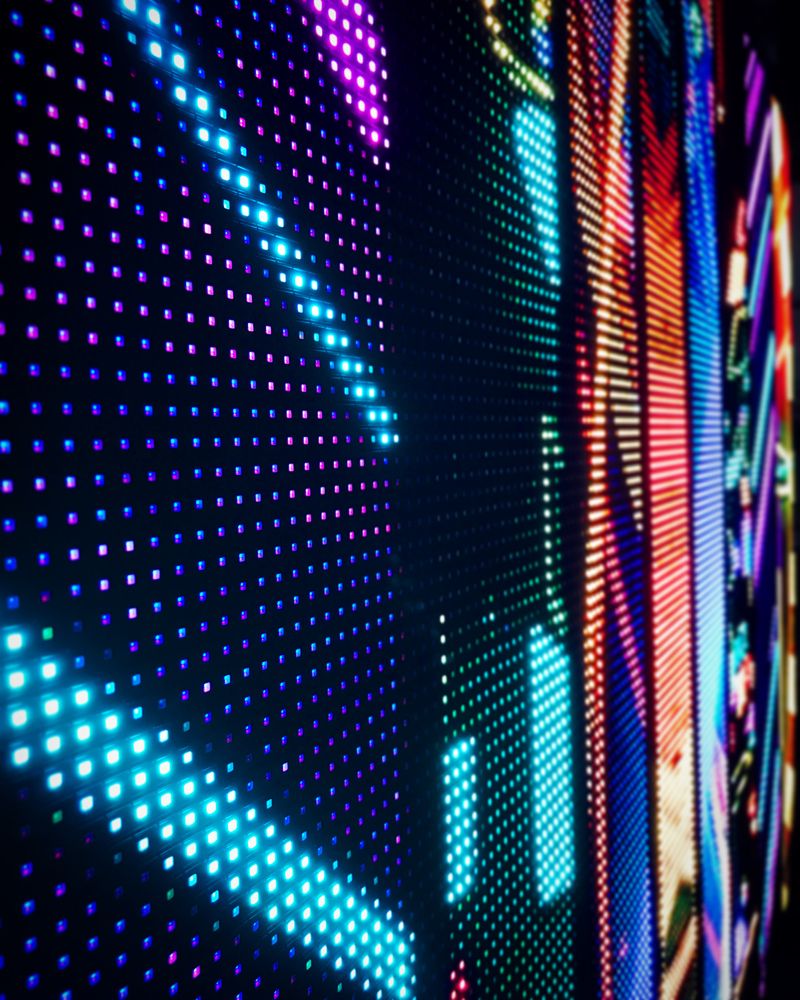Examining the Essential Factors That Affect Luminance in Light Emitting Diode Display Panels
Examining the Essential Factors That Affect Luminance in Light Emitting Diode Display Panels
Blog Article
Light Emitting Diode wall panels are increasingly popular for both promotion and leisure due to their bright and vivid images. Grasping the elements that influence the brightness of these panels is essential for manufacturers and consumers alike. Brightness is typically measured in nits, which shows how much illumination is produced from the surface of the panel. Several key elements affect to the overall luminosity, including the type of LED used, the quality of the screen materials, and the energy provided to the screen.
The type of LED component used in a wall screen plays a significant role in its luminosity. Different Light Emitting Diodes produce differing levels of lumens, which gauge the amount of light perceptible to the mortal eye. High-quality components, such as those made using advanced technology, can produce more luminous light with greater effectiveness. Furthermore, the color tone of the LED also affects apparent brightness. For instance, cooler hue temperatures (higher K values) can appear more luminous than hotter ones, even at the identical lumen level. This feature is important for uses where visibility is important, such as in outdoor promotion.
The materials used in the building of LED browse around here panel screens also affect their luminosity. The kind of foundation and encapsulation materials can influence how much light is conducted versus how much is taken in or scattered. For example, a screen made with high-quality clear glass will permit more light to flow through than one made with lower-grade materials. Additionally, the configuration of the screen, including its thickness and the layout of the Light Emitting Diodes, can enhance or reduce brightness by influencing how light is spread across the screen.
The energy supply provided to the Light Emitting Diode wall panels is another critical element in determining luminosity. Each LED chip has a particular electric potential and electric flow requirement for ideal performance. If the energy supply falls short, the brightness of the panel will decrease. Conversely, providing too much energy can lead to overheating and reduced durability of the Light Emitting Diodes. Therefore, ensuring a stable and sufficient power supply is crucial for achieving uniform brightness levels. This is particularly vital in dynamic screens, where luminosity may need to be adjusted for varied lighting conditions.
Finally, environmental factors can affect how luminosity is viewed. Surrounding light conditions play a major role in how luminous an find more information LED panel screen appears. In luminous daylight, for example, a panel with a reduced brightness level may have difficulty to be seen clearly, while a more luminous panel can stand out more efficiently. Additionally, the angle from which the screen is observed can affect luminosity perception due to how illumination bounces off surfaces. Understanding these elements helps buyers choose the appropriate LED panel panel for their requirements and ensures that manufacturers create products that meet luminosity expectations for different applications.
